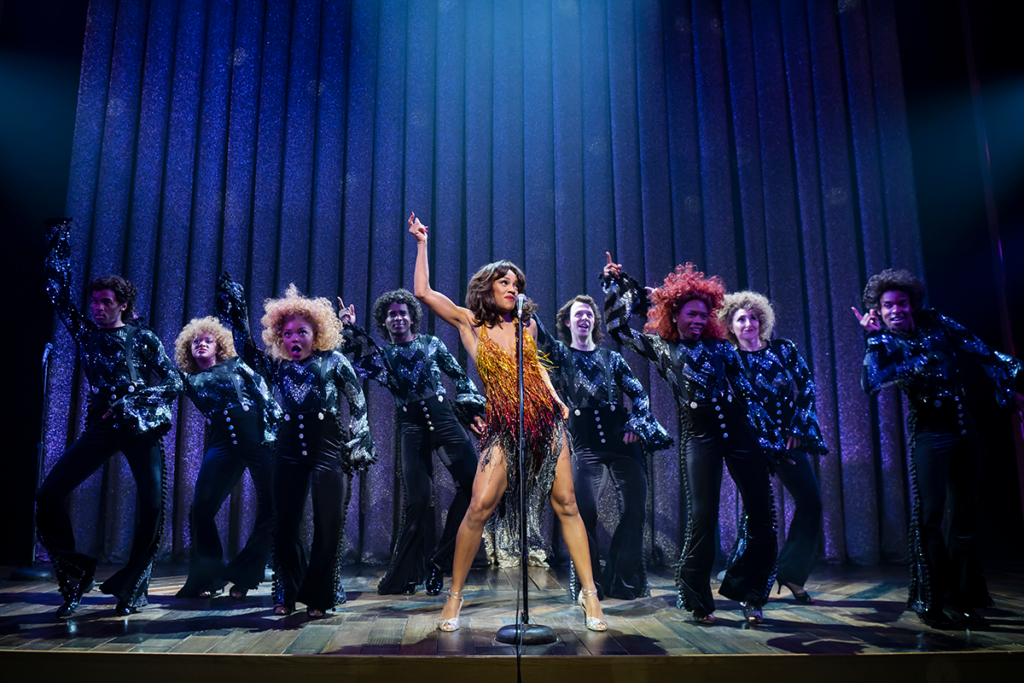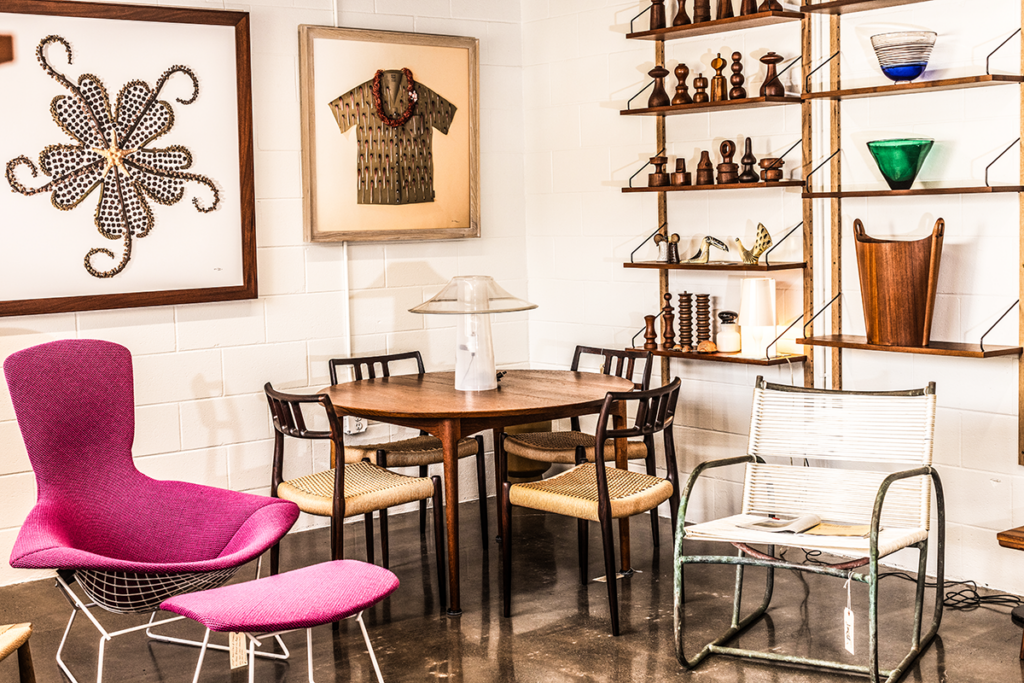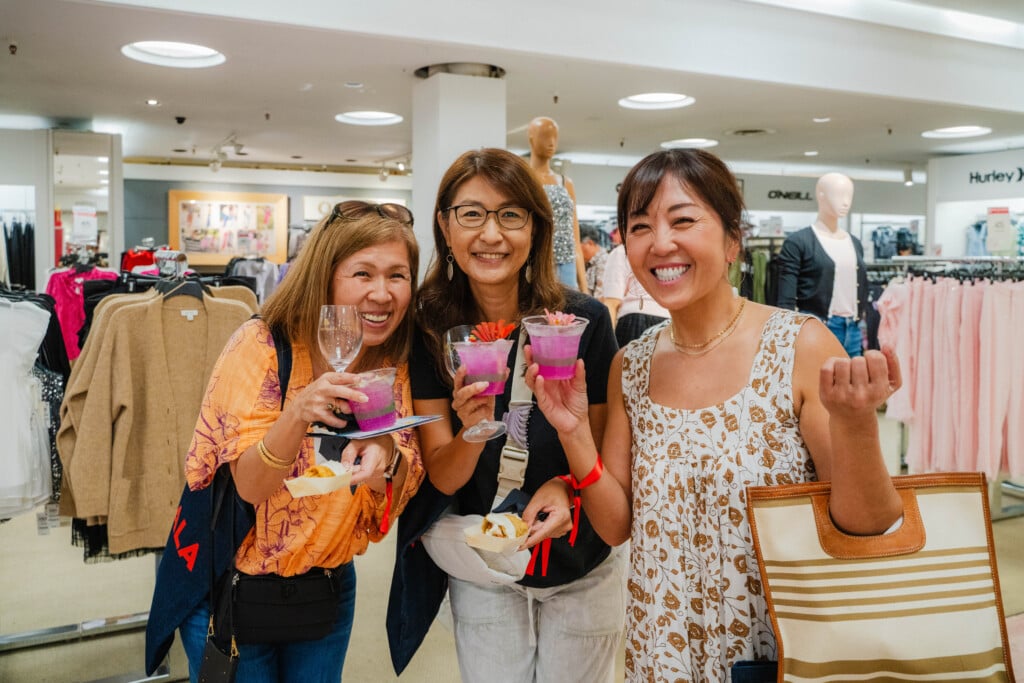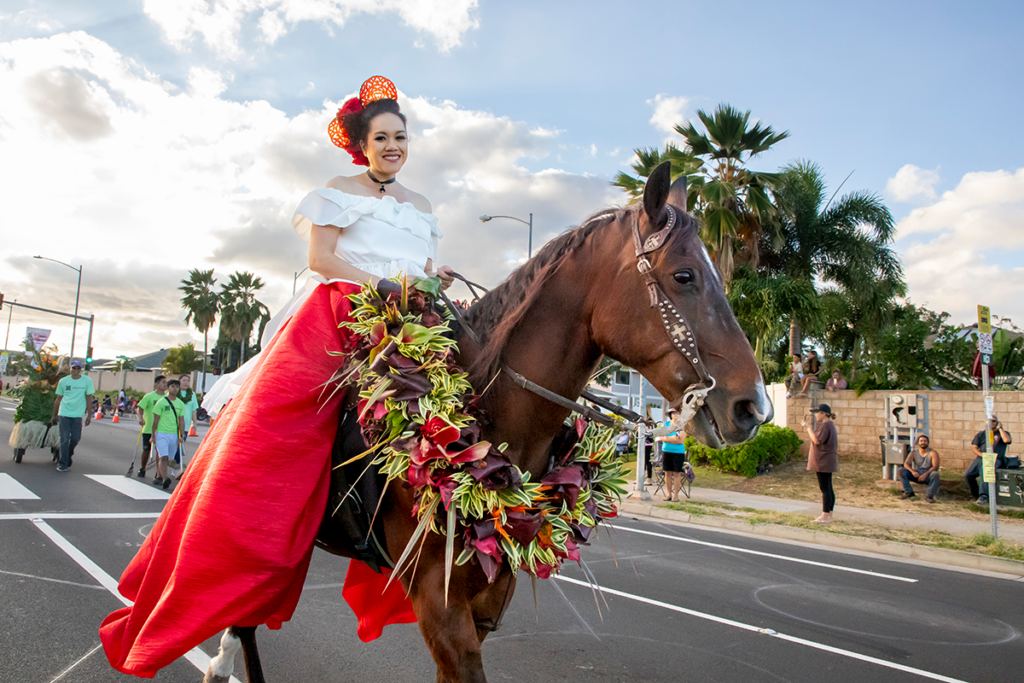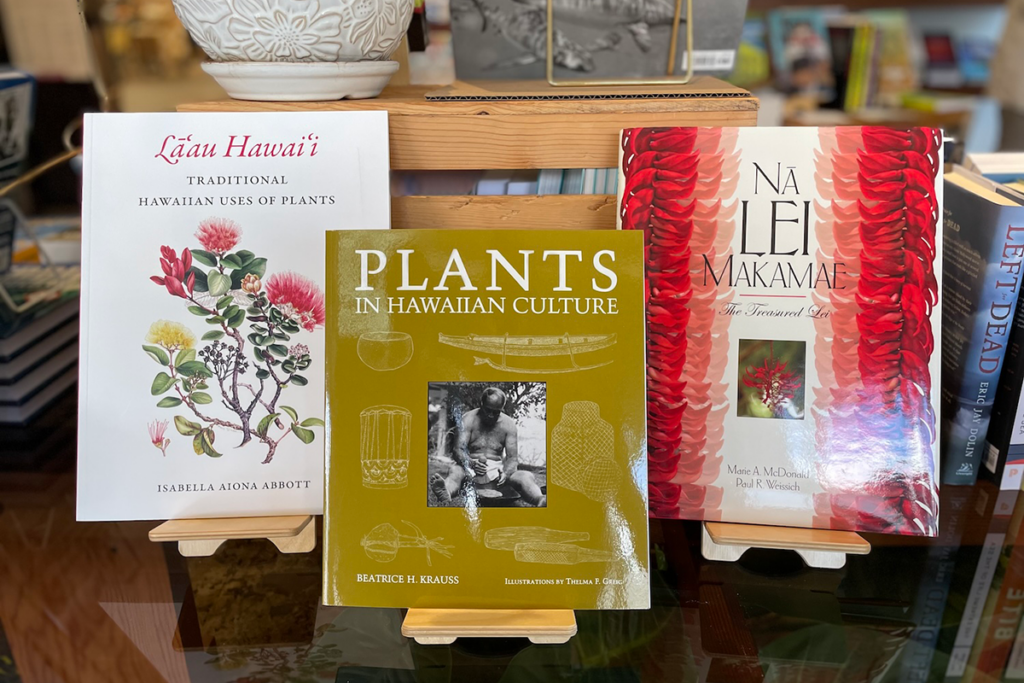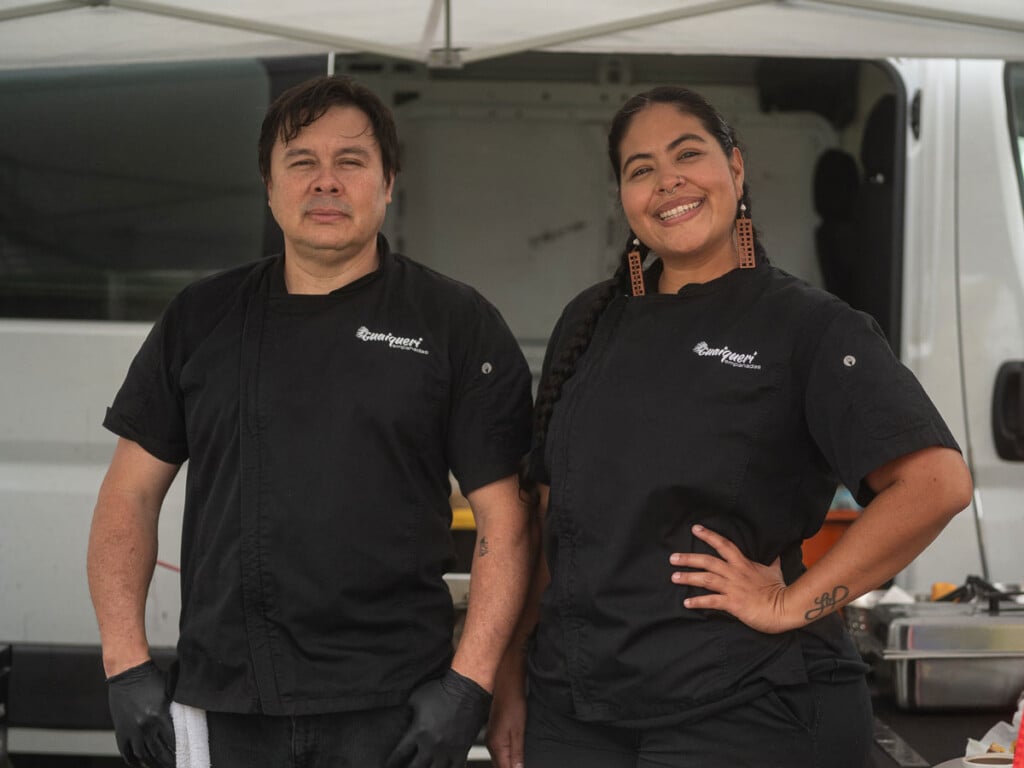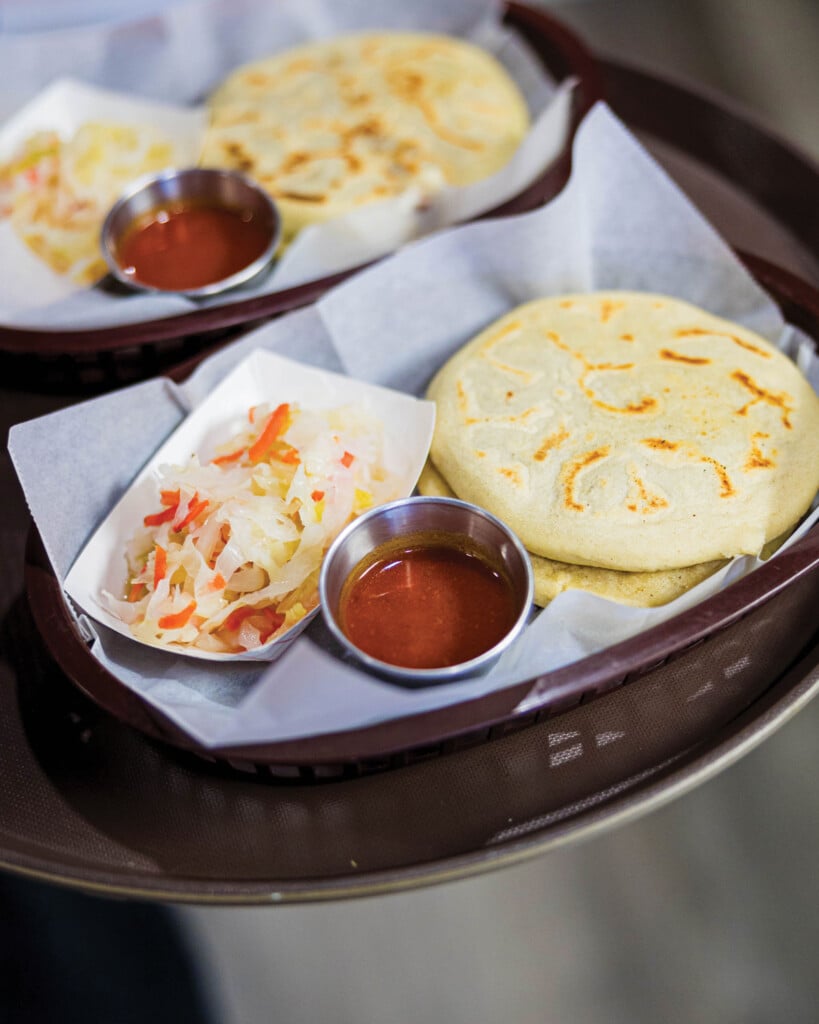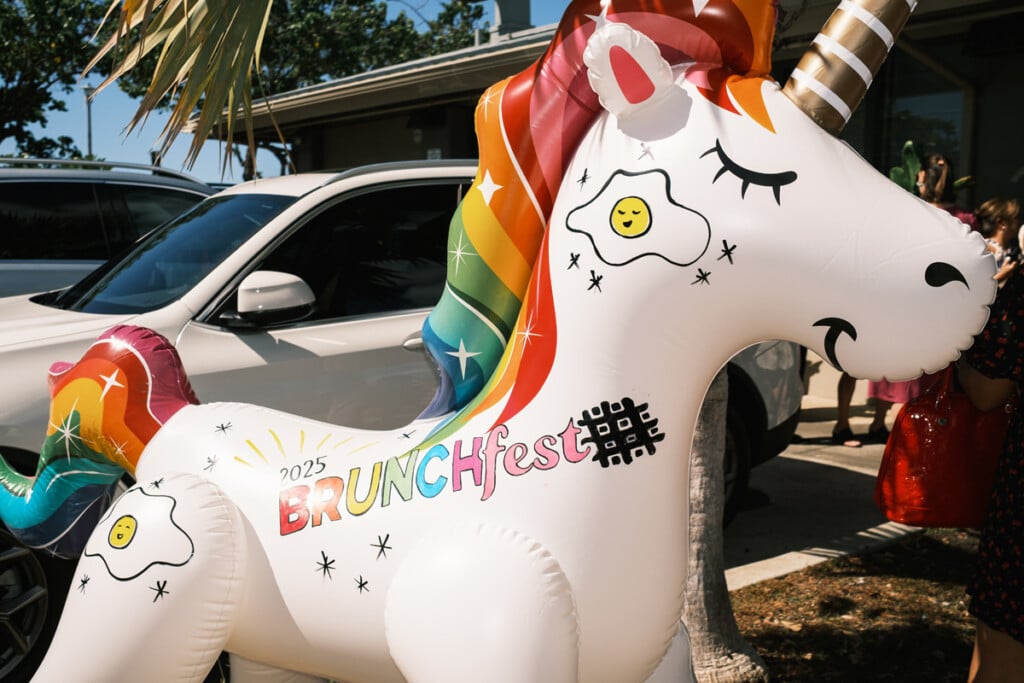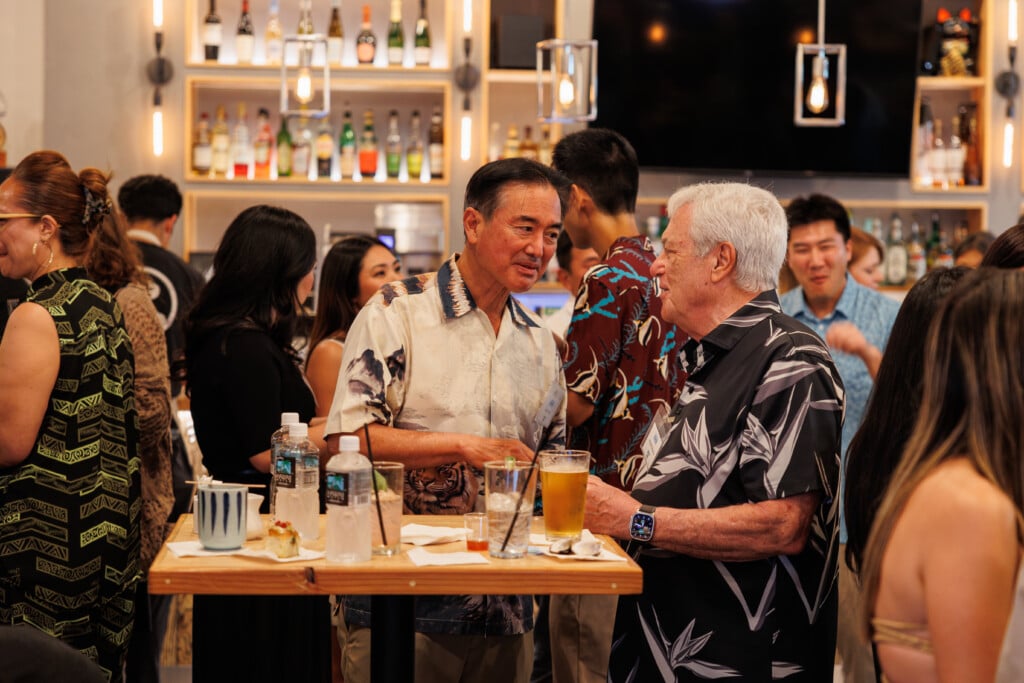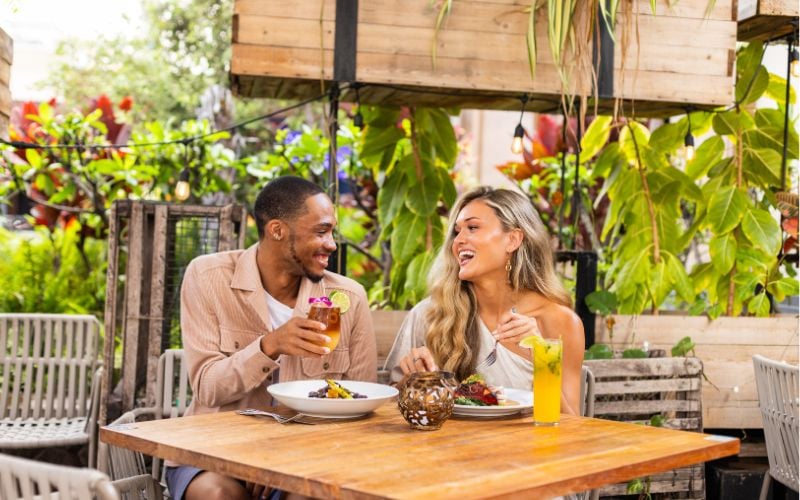Little Plumeria Farms Offers Guided Tours on O‘ahu’s North Shore
This 20-acre property run by three generations of photographer Clark Little’s family has been named “Best New Attraction” in America.
Editor’s Note: This story was first published on May 3, 2023, with the first opening of Little Plumeria Farms tours to the public. It has since been updated with the latest information.
On Jan. 5, 2024, USA Today released its 10Best Readers’ Choice Awards, and Little Plumeria Farms took the top spot of the 10 best new attractions of the year, voted first out of 20 nominees from across the country by a panel of travel experts.
“We are honored to have our family plumeria farm, here in the middle of the Pacific, recognized with this incredible award,” says Clark Little, co-manager of the farm. “It blew our minds just to be nominated alongside so many well-known attractions. To have this many people vote and support our farm, and be chosen as the best new attraction in the entire country… it’s crazy and is beyond what we dreamed of when we started our farm tours last year.”
Little Plumeria Farms is open for tours until October 31, 2024, while the flowers are in bloom. Book a tour ahead of time below:
See what the tour is like in this reel.
SEE ALSO: 40 Amazing Things to Do

Clark Little, Jim Little and Dane Little. Photo: Credit Clark and Dane Little, Courtesy of Little Plumeria Farms
Renowned shorebreak wave photographer Clark Little is picking flowers, gently passing each delicate bloom to me and sharing its story. His enthusiasm for his family-run business, on a 20-acre parcel of agricultural land in Hale‘iwa, is infectious. For 50 years, the place has been lovingly tended to by his father, Jim Little.
It’s Sunday morning and preparations are underway for the grand opening of Little Plumeria Farms. To mark its 50th anniversary, the property has been open to the public since May 1, 2023—for the first time ever—with guided group and private tours running through Oct. 31, 2023, while the flowers are in full bloom.

Photo: Aaron K. Yoshino
When we arrive at the farm, Clark is busily handling a chainsaw, cutting back tree branches with his son, Dane Little, to clear a path for visitors among the many rows of plumeria trees—hundreds of them, all in various stages of growth. There’s a seeding shed and tiny plants in pots and, of course, rows of gorgeous plumeria trees planted more than 20 years ago that are in full, vibrant and breathtaking bloom.
He takes a break from cutting branches to welcome us and offers us a spin around the property in a muddy golf cart, providing a glimpse of the tours that visitors to the farm are getting this summer. He stops often to pluck more flowers for me, and he tells me their names: Goldilocks, Gardenia, Hawaiian Coral, Hawaiian Rose. Each named cultivar has a unique nomenclature that often references its appearance.
SEE ALSO: Clark Little’s Latest Book Showcases Stunning Ocean Photography

The view of Ka‘ena Point from Little Plumeria Farms. Photo: Meghan Thibault
“This is one of my dad’s rarest plumerias, called Doric, named after my mom, and this one is called Metallica, which is one of the craziest cultivars that we have. It’s got purple and silver, and smells a bit like grape.”
I worked for years in the wine business, and this experience is very much like touring a vineyard with the winemaker. Then I remember from Clark’s bio that he was born in Napa.
“This one is called Hawaiian Ribbon, and you can see how it curls … twirls back, and it has that little ribbon effect. This guy is called Ruffles because it’s just so fluffy. This one makes a beautiful lei and the fragrance is really, really good. Can you imagine it as a lei?” he asks.
My hands are soon full, and I take off my hat and carefully place my plumerias inside for safekeeping. We drive ahead a few yards, and he stops again to show me a plumeria with a dark fuchsia edge that he notes looks like eyeliner.
“This one is the JL Eclipse,” he says. I ask him to repeat himself, not sure if I heard him correctly, and he explains with a smile that the JL stands for Jim Little. The official names of the cultivars are preceded by his dad’s initials, a little flourish that gives me an insight into his father’s deep love for this place and his life’s work.

Photo: Aaron K. Yoshino
Here, for five decades, Jim has been propagating plumeria trees and developing new cultivars through selective breeding. His family has a long-term lease arrangement with Kamehameha Schools. His decades of hard, passionate work have resulted in more than 100 named varieties of hybridized plumeria and dozens of unnamed ones, making this the largest collection in the world.
Today, the family business is thriving, mostly from sales of cuttings from his unique plumeria variations to flower and garden lovers across the country and beyond.
Once the potted plants are about a foot high, they’re transplanted from a pot to the soil. Clark explains that it can take several years for a plant to grow from seed to plant, then to a small tree that flowers. It’s only then that his father decides if his newest hybrid has resulted in “something special” or rather, in a cultivar worth naming and selling.

Rows of plumeria in pots at Little Plumeria Farms. Photo: Meghan Thibault
It’s immediately apparent to me where Clark gets his reverence for nature and the patience and perseverance required to capture its striking beauty in his powerful photographs. At one point in the day, he offhandedly refers to his “photography thing” as though he isn’t one of the foremost contemporary photographers in the world and a household name to millions. But he’s just as enthralled by the beauty he finds up here as he is by the ocean and the powerful waves he’s so famous for photographing. And it’s no wonder. The plumeria farm has a sweeping view of Ka‘ena Point and the North Shore and can only be accessed through a bumpy red-dirt road and a private gate.
Jim’s grandson, Dane, is 23 and has recently joined the multigenerational family business. Dane’s father tells me with a small note of pride that Dane now makes a full-time, post-college living propagating and selling these beautiful specimens on websites like eBay.

Photo: Aaron K. Yoshino
On the property, a new air-conditioned gift shop, a few shaded gazebos and working areas and the beginnings of an enormous peaked-roof pavilion are all in various stages of completion. Though there’s plenty of hustle and construction happening around us, Clark shares that it wasn’t always this way. He says his dad would come up here for years and sit in a fold-out chair held together with zip ties, without shade or running water, to do his propagating, planting and clearing. When it rained, he’d go home until the rains passed.
SEE ALSO: Earthing: What It’s Like to Volunteer at a Local Farm
His dad, now 85, is “jazzed” by all the buzz and activity in this place that he’s quietly cultivated and taken care of for so many decades. Still spry and active, Jim Little zips off in the muddy golf cart we’d just been using, grinning ear to ear, to attend to some of the chores that need to be done before opening day. Clark says, “I’m putting all my energy into this now. How blessed can you be to be running a business with three generations of your family?”

Photo: Aaron K. Yoshino
After booking a tour, visitors will be met at a nearby mac nut farm; from there, they’ll be transported in a small tour bus to this stunning and private hilltop site.
Those who want a deeper and more exclusive experience can sign up for a 1.5-hour private tour with one of the Littles as your guide. The private tour includes a flower lei greeting, a more expansive tour of the farm, a plumeria cultivar selected from the gift shop and a signed copy of Jim Little’s book titled Growing Plumerias in Hawai‘i and Around the World.
Tips
- Put on sunscreen and wear a hat since there’s not much cover out in the field. Also, wear comfortable covered shoes for walking through the trees.
- You’ll receive plenty of different plumerias and get to pick your own straight from the trees as part of the tour. A paper bag will be provided to hold all the flowers you collect, but if you’d like to preserve them even better, bring a spray bottle of water to mist them or a cooler in which to take them home.
- Don’t skip the gift shop! It has branded Little Plumeria Farms merch like hats, tote bags and plumeria photo-printed towels as well as fresh lei. If you’d like to try growing a tree at home, cuttings are available for sale.
- The various plumerias bloom at different times of the year, so if you go more than once during the blooming season, you’ll likely see flowers you didn’t last time.
Little Plumeria Farms is open April 1 to Oct. 31, 2024. Guided tours are held on Mondays, Tuesdays, Thursdays, Fridays and Saturdays at 9:15 and 11 a.m. and priced at $45 per person or $36 for kama‘āina; $25 for children 13 and under or $20 for kama‘āina.
Private tours at Little Plumeria Farms are held on Tuesdays and Thursdays and priced at $250 per person, $150 for children 13 and under. A kama‘āina discount of 20% applies to all residents.
littleplumeriafarms.com, @littleplumeriafarms, @clarklittle

The JL Ruffles plumeria hybrid at Little Plumeria Farms. Photo: Meghan Thibault.
